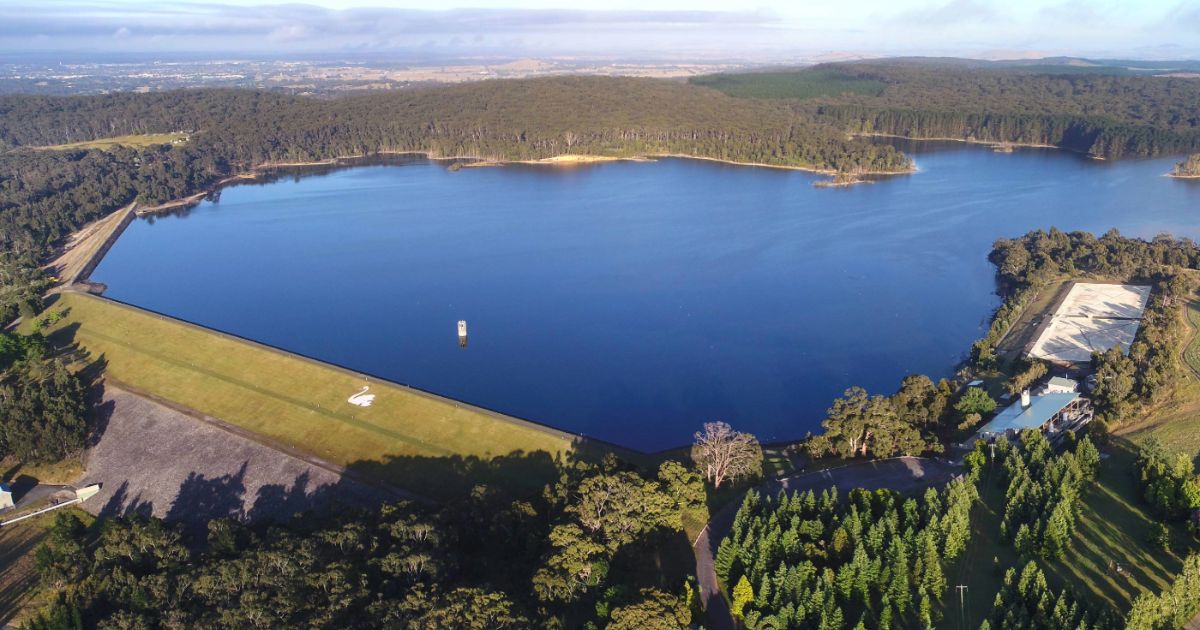FECRI scientists on the way to brain cancer breakthrough

Brain-busting finding: Fiona Elsey Cancer Research Institute's Dr Rodney Luwor, Professor George Kannourakis and Dr Farah Ahmady in the lab at the Ballarat Technology Park on Lydiard Street South. Photo: EDWINA WILLIAMS
FIONA Elsey Cancer Research Institute scientists aiming to improve outcomes for patients with brain cancer have made a discovery that could revolutionise treatment of an agressive form of the disease, and boost survival rates.
Dr Farah Ahmady and Dr Rod Luwor’s research has been investigating the TIM-3 protein, how it can interrupt the immune system from working properly, and be more challenging to detect.
“TIM-3 and BAT3 are like switches in the environment around a brain tumour (the tumour microenvironment) that control how the immune system behaves,” Dr Ahmady said.
“In glioblastoma, these switches get stuck in the wrong position, making the immune system less able to fight the cancer.
“By figuring out how to fix or target these switches, scientists hope to create new treatments that could help the immune system attack the tumour more effectively, potentially changing how we treat this aggressive cancer.”
Dr Luwor said glioblastoma is one of the hardest cancers to treat and beat.
“There’s a median survival rate of just 12 to 18 months after diagnosis,” he said. “By identifying key mechanisms of immune suppression, FECRI’s research opens the door to developing therapies that could improve patient outcomes.”
FECRI director Professor George Kannourakis said the regional institute is punching above its weight, and the research helps scientists in the field understand why glioblastoma is so unusual and difficult.
“By studying the ways this cancer hides from the immune system, we’ve found new targets that could help us develop treatments to activate the immune system and fight back against the cancer,” he said.
“Our independence and location in regional Australia are what make us unique, but they also mean we rely on the generosity of our supporters to keep delivering results like this.
“Together, we’re making a real difference.”
The researchers have been collaborating with scientists across Australia and the world on this project, and have published their findings in scientific journal Cells.


















